
Photography is the art, application, and practice of creating images by recording light, either electronically by means of an image sensor, or chemically by means of a light-sensitive material such as photographic film. It is employed in many fields of science, manufacturing, and business, as well as its more direct uses for art, film and video production, recreational purposes, hobby, and mass communication. A person who makes photographs is called a photographer.
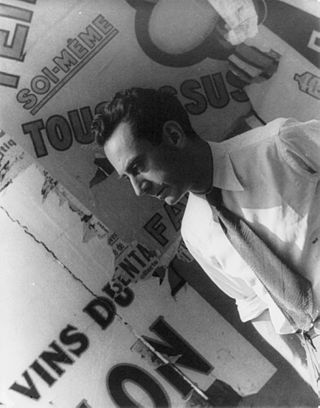
Man Ray was an American visual artist who spent most of his career in Paris. He was a significant contributor to the Dada and Surrealist movements, although his ties to each were informal. He produced major works in a variety of media but considered himself a painter above all. He was best known for his pioneering photography, and was a renowned fashion and portrait photographer. He is also noted for his work with photograms, which he called "rayographs" in reference to himself.

Elizabeth "Lee" Miller, Lady Penrose, was an American photographer and photojournalist. Miller was a fashion model in New York City in the 1920s before going to Paris, becoming a fashion and fine-art photographer there.

Pictorialism is an international style and aesthetic movement that dominated photography during the later 19th and early 20th centuries. There is no standard definition of the term, but in general it refers to a style in which the photographer has somehow manipulated what would otherwise be a straightforward photograph as a means of creating an image rather than simply recording it. Typically, a pictorial photograph appears to lack a sharp focus, is printed in one or more colors other than black-and-white and may have visible brush strokes or other manipulation of the surface. For the pictorialist, a photograph, like a painting, drawing or engraving, was a way of projecting an emotional intent into the viewer's realm of imagination.

The cyanotype is a slow-reacting, economical photographic printing formulation sensitive to a limited near ultraviolet and blue light spectrum, the range 300 nm to 400 nm known as UVA radiation. It produces a monochrome, blue coloured print on a range of supports, often used for art, and for reprography in the form of blueprints. For any purpose, the process usually uses two chemicals: ferric ammonium citrate or ferric ammonium oxalate, and potassium ferricyanide, and only water to develop and fix. Announced in 1842, it is still in use.

Alfred Stieglitz was an American photographer and modern art promoter who was instrumental over his 50-year career in making photography an accepted art form. In addition to his photography, Stieglitz was known for the New York art galleries that he ran in the early part of the 20th century, where he introduced many avant-garde European artists to the U.S. He was married to painter Georgia O'Keeffe.
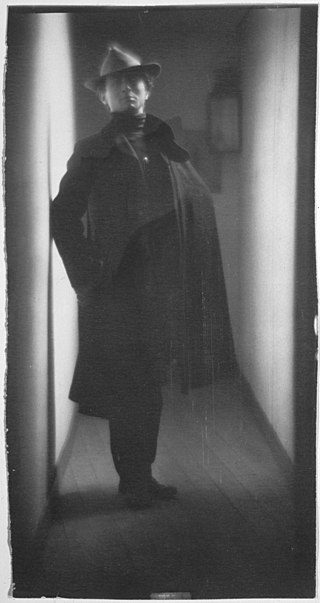
Edward Jean Steichen was a Luxembourgish American photographer, painter, and curator. He is considered among the most important figures in the history of photography.

Sergey Mikhaylovich Prokudin-Gorsky was a Russian chemist and photographer. He is best known for his pioneering work in colour photography and his effort to document early 20th-century Russia.

Erotic photography is a style of art photography of an erotic, sexually suggestive or sexually provocative nature. It is a type of erotic art.
Florence Elizabeth Riefle Bahr was an American artist and activist. She made portraits of children and adults, including studies of nature as she found it. Instead of using a camera, more than 300 pen and ink sketchbooks catalog insights into her life, including her civil and human rights activism of the 1960s and 1970s. One of the many important captured events included the Washington D.C. event where Martin Luther King Jr. first gave his I Have a Dream speech. Her painting Homage to Martin Luther King hangs in the (NAACP) National Association for the Advancement of Colored People's headquarters. She created illustrations for children's books and painted a mural in the Works Progress Administration (WPA) for the Johns Hopkins Hospital's Harriet Lane Home for Children. Her works have been exhibited in solo and group exhibitions since the 1930s. In 1999, she was posthumously awarded to the State of Maryland's Women's Hall of Fame, as the first woman artist they recognized.

Thomas Ruff is a German photographer who lives and works in Düsseldorf, Germany. He has been described as "a master of edited and reimagined images".
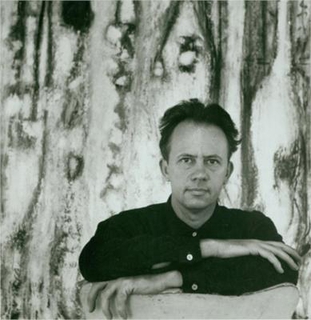
Richard Warren Pousette-Dart was an American abstract expressionist artist most recognized as a founder of the New York School of painting. His artistic output also includes drawing, sculpture, and fine-art photography.
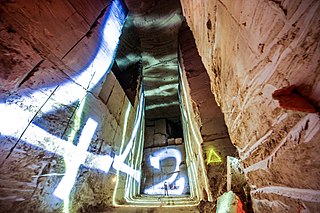
Light painting, painting with light,light drawing, light art performance photography, or sometimes also freezelight are terms that describe photographic techniques of moving a light source while taking a long-exposure photograph, either to illuminate a subject or space, or to shine light at the camera to 'draw', or by moving the camera itself during exposure of light sources. Practiced since the 1880s, the technique is used for both scientific and artistic purposes, as well as in commercial photography.
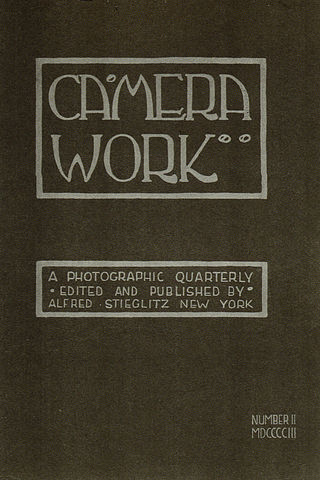
Camera Work was a quarterly photographic journal published by Alfred Stieglitz from 1903 to 1917. It presented high-quality photogravures by some of the most important photographers in the world, with the goal to establish photography as a fine art. It was called "consummately intellectual", "by far the most beautiful of all photographic magazines", and "a portrait of an age [in which] the artistic sensibility of the nineteenth century was transformed into the artistic awareness of the present day."
Genzō Kitazumi was an influential Japanese photographer. Kitazumi's work is characterized by manipulation of photographic process for aesthetic rather than representational or documentary effect. His pre-war work features the use of lith print process and solarization. Photograms feature frequently in his post-war work. Kitazumi is also noted for his pioneering work in the commercial use of color photographic processing and printing in Japan.

Frank Eugene was an American-born photographer who was a founding member of the Photo-Secession and one of the first university-level professors of photography in the world.
California Tonalism was art movement that existed in California from circa 1890 to 1920. Tonalist are usually intimate works, painted with a limited palette. Tonalist paintings are softly expressive, suggestive rather than detailed, often depicting the landscape at twilight or evening, when there is an absence of contrast. Tonalist paintings could also be figurative, but in them, the figure was usually out of doors or in an interior in a low-key setting with little detail.
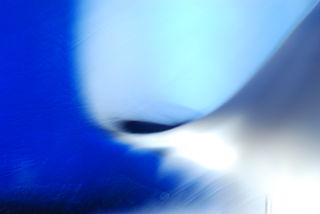
Abstract photography, sometimes called non-objective, experimental or conceptual photography, is a means of depicting a visual image that does not have an immediate association with the object world and that has been created through the use of photographic equipment, processes or materials. An abstract photograph may isolate a fragment of a natural scene to remove its inherent context from the viewer, it may be purposely staged to create a seemingly unreal appearance from real objects, or it may involve the use of color, light, shadow, texture, shape and/or form to convey a feeling, sensation or impression. The image may be produced using traditional photographic equipment like a camera, darkroom or computer, or it may be created without using a camera by directly manipulating film, paper or other photographic media, including digital presentations.

Charles Henry Sawyer (1868-1954) was a painter and photographer in the United States.
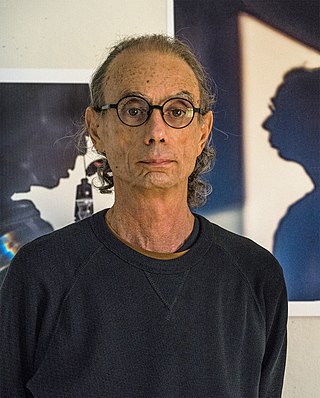
David Lebe is an American photographer. He is best known for his experimental images using techniques such as pinhole cameras, hand-painted photographs, photograms, and light drawings. Many of his photographs explore issues of gay identity, homoeroticism, and living with AIDS, linking his work to that of contemporaries such as Robert Mapplethorpe, Peter Hujar, and David Wojnarowicz. Though his style and approach set him apart from these contemporaries, "Lebe is now incontrovertibly part of the history of twentieth-century queer artists."

















